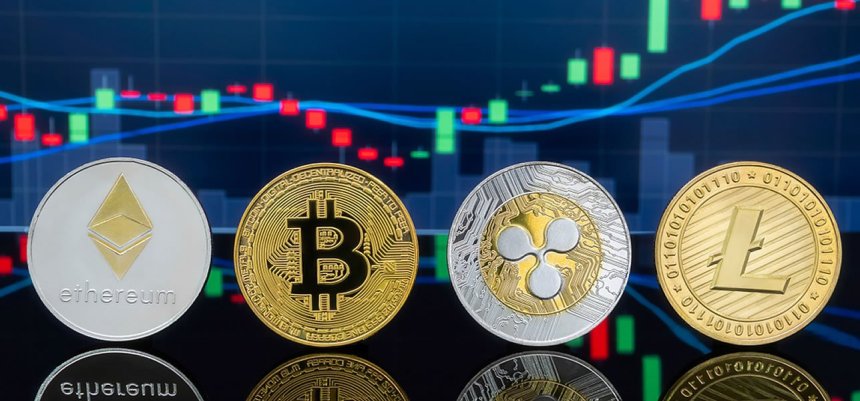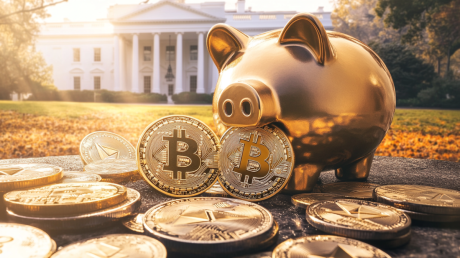Is the close correlation between crypto coin prices in the current market simply a sign of HODLers clinging to their assets and only conservatively trading when all signs point to yes, or the result of larger forces at work manipulating the market?
Extreme Correlation Since February
Twitter analyst CryptoRae recently posted a long thread using a method of cross coin correlation to examine the how close the peaks and troughs of cryptocurrencies have become across the graph. In the thread, CryptoRae explains the formula for calculating cross coin correlation or CCC “by averaging the correlation for every coin pair in a set“.
The thread then explains that this shows how all the coins of concern have behaved over a period of time with one clean charted line. For instance below is the cross-correlation for 25 coins since January 2017.
You calculate CCC by averaging the correlation for every coin pair in a set. The benefit of using CCC is that it provides a clean line that describes how markets have behaved in over time. Here's the cross-correlation for 25 mid-to-large cap coins (30D rolling, realized). pic.twitter.com/pxw0rJhbxB
— rae (@cryptorae) June 3, 2018
This graph shows that cross coin correlation had hovered between 0 and .20 from the end of the bull market in December 2017 to the start of the market correction in early February and then skyrocketed to nearly 1.00 and has stayed in the area between high .60 and just over .80 throughout May. Though CryptoRae concludes that cross coin correlation is not a good market predictor it is a useful tool for understanding future market behavior.
Who Benefits from CCC?
In CR’s opinion keeping a diversified portfolio in a tightly correlated market makes little sense as all coins are following the movement of the top few. Buying altcoins that simply follow the peaks and troughs of Bitcoin for instance only leaves the trader open to the risk of the altcoin without gaining the benefits of open market potential. As the Tweeter commented in the thread,
” it’s important to be more concentrated in high conviction setups. When alts truly come back, it’ll be easy to make up for lost time.”
What the poster doesn’t attempt to answer is the reason behind the increased correlation since February. The mention of emotion, of fear and exuberance, as driving factors in the volatility of the market, is well noted in the crypto world. FOMO sets in and a coin or the market spikes, FUD spreads and the opposite happens but can that explain a sudden .80 increase in coin correlation that sustains for four months?
Most traders in the crypto world believe that the market is manipulated to some degree by exchanges and or holders of extremely large amounts of Bitcoin who can change trends with a few clicks of their mouse. For the moment the who and why behind the close correlation of coin movement remains unknown and HODL may remain the best trading advice until the graphs decouple.
Image from Shutterstock


















